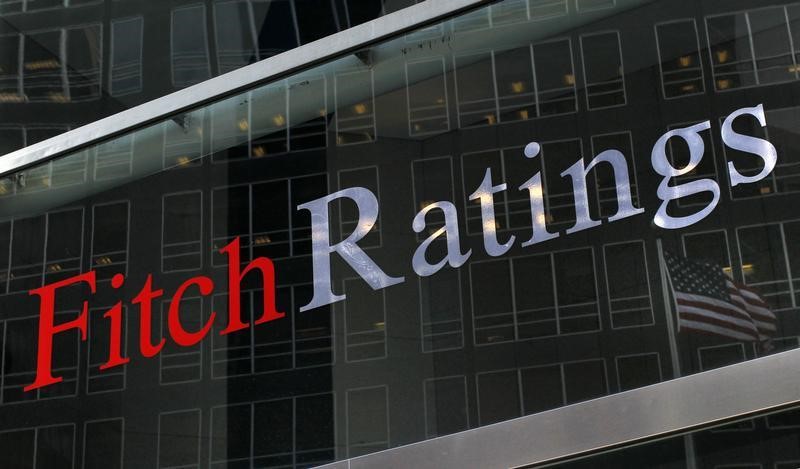Proactive Investors - Fitch on Tuesday warned that US banks have moved closer to sweeping credit ratings downgrades after a largely unnoticed cut in its assessment of the sector in June.
Speaking to CNBC, Fitch analyst Chris Wolfe said the move didn't grab much attention because no banks were downgraded but it does have big implications.
Another one-notch downgrade of the industry’s score, to A+ from AA-, would force Fitch to reevaluate ratings on each of the more than 70 US banks it covers, Wolfe said.
Last week, Moody’s downgraded 10 small and midsized banks and warned that cuts could come for another 17 lenders, including larger institutions like Truist and US Bank. Earlier this month, Fitch downgraded the US long-term credit rating because of political dysfunction and growing debt loads.
Fitch's June action took the industry’s “operating environment” score to AA- from AA because of pressure on the country’s credit rating, regulatory gaps exposed by the March regional bank failures and uncertainty around interest rates.
The problem created by another downgrade to A+ is that the industry’s score would then be lower than some of its top-rated lenders.
The country’s two largest banks by assets, JPMorgan (NYSE:JPM) and Bank of America (NYSE:BAC), would likely be cut to A+ from AA- in this scenario, since banks can’t be rated higher than the environment in which they operate.
And if top institutions like JPMorgan are cut, then Fitch would be forced to at least consider downgrades on all their peers’ ratings, according to Wolfe.
In terms of what could push Fitch to downgrade the industry, the biggest factor is the path of interest rates determined by the Federal Reserve.
Higher rates for longer than expected would pressure the industry’s profit margins, Wolfe pointed out.
